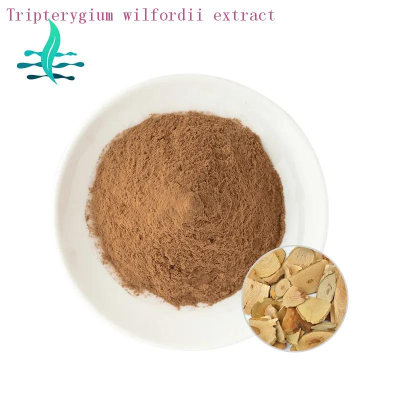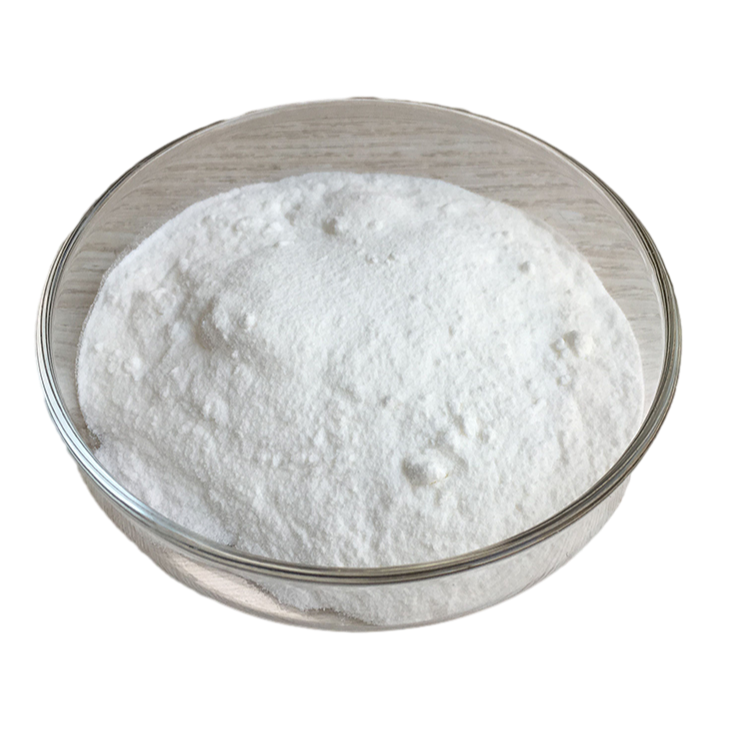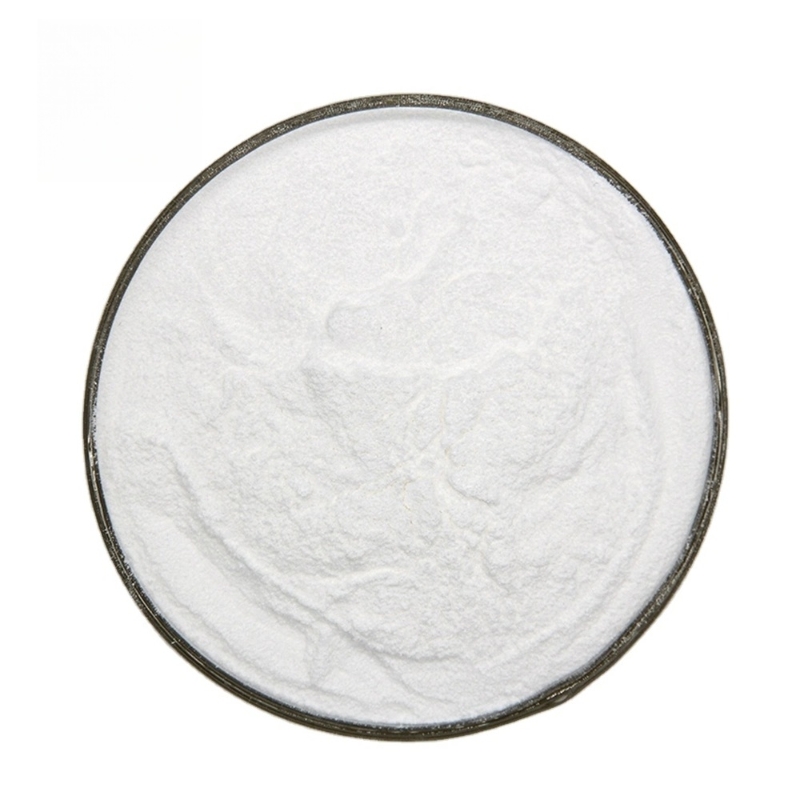-
Gene Silencing in Medicago truncatula Roots Using RNAi
Time of Update: 2021-01-14
There are several methods, both for the generation of the RNAi constructs and the root transformation.
Here we provide details of an RNAi and root transformation protocol that has been used successfully inM.
-
Suppression Subtractive Hybridization as a Tool to Identify Anthocyanin Metabolism-Related Genes in Apple Skin
Time of Update: 2021-01-14
Suppression subtractive hybridization (SSH) is an alternative tool that has been widely used to identify differentially expressed genes due to its easy handling and relatively low cost.
-
Isolation and Forward Genetic Analysis of Developmental Genes in Pea
Time of Update: 2021-01-14
Understanding of developmental processes relies heavily on isolation and functional characterization of relevant genes.
Here we describe the resources and approaches available for isolation of genes and genetic characterization of loci affecting development in pea.
-
Precautions for Harvest, Sampling, Storage, and Transport of Crop Plant Metabolomics Samples
Time of Update: 2021-01-14
Here, we suggest some precautions for preparation and handling of samples issued from crop plants, in order to ensure sample representativeness and quality before their biochemical analysis.
They are in agreement with the recommendations of the “Plant Biology Context” group of the Metabolomics Standards Initiative concerning reporting practices for sample preparation.
-
Ilarvirus Isolation and RNA Extraction
Time of Update: 2021-01-14
The genus Ilarvirus belongs to the familyBromoviridae , together with three other generaBromovirus, Cucumovirus , andAlfamovirus ( 1 ). The ilarvirus genus includes at present 15 approved species
-
Erwinia amylovora: Modern Methods for Detection and Differentiation
Time of Update: 2021-01-14
Erwinia amylovora is the causative agent of fire blight, a very destructive disease of numerous members of the rosaceae.
As a result, methods that supply quick, accurate and sensitive quantification of the pathogen population are important tools for determining the need for and the efficacy of disease control intervention.
-
Transgene Dispersal Through Pollen
Time of Update: 2021-01-14
Furthermore, the goal of this research was to compare the dynamics of pollen movement with that of gene flow by using another method of whole plant expression of GFP ( see Chapter 15 ) to estimate out-crossing frequencies by progeny analysis.
-
PCR Analysis of Transgenic Tobacco Plants
Time of Update: 2021-01-14
Although the display of antibiotic resistance can be a good indication that a regenerated plant is transformed with introduced DNA , escapes that represent partial or no transfer may be present withi
-
Techniques for Selecting Mutants from Plant Tissue Cultures
Time of Update: 2021-01-14
The theory and goals of mutant selection from plant tissue cultures have been reviewed extensively over the past few years (I-5), and will only be dealt with in a cursory manner in this chapter.
-
Transgenic Plants Expressing Toxins from Bacillus thuringiensis
Time of Update: 2021-01-14
The science of plant breeding has been a major force in the development of new and improved cultivars and hybrids of major agricultural crops.
Despite this limitation, plant breeders have made remarkable progress in improving cultivars of crop plants.
-
Preparation of Coat Protein-Containing Binary Vectors for Use in Agrobacterium-Mediated Transformation
Time of Update: 2021-01-14
Transgenic plants expressing the coat protein (CP), and/or the RNA transcript of the CP gene of many RNA viruses, may be protected against the virus from which the CP gene was derived, and, in some cases, against related viruses (for further details,see Chapter 3 ).
-
In Vitro Fertilization with Isolated Single Gametes
Time of Update: 2021-01-14
With experimental access to single gametes, to gamete fusion, and to events after fertilization, the consequences and significance of such early events on plant formation can be studied.
-
Enzyme-Linked Immunosorbent Assay Detection of Ralstonia solanacearum in Potatoes: The South African Experience
Time of Update: 2021-01-14
In this chapter, the development of an enzyme-linked immunosorbent assay (ELISA) for the detection ofRalstonia solanacearum including antibody production, the ELISA method itself, potato sample preparation for testing, ELISA result validation and interpretation, and confirmation of infection are discussed.
-
Tobravirus Isolation and RNA Extraction
Time of Update: 2021-01-14
Both the RNAs are encapsidated by a single species of coat protein (CP) with a mol wt of approx 23 kDa. Tobraviruses can be divided into three serologically distinct subgroups: tobacco rattle virus (TRV), which is the type member, pea early browning virus (PEBV), and pepper ringspot virus (PRV).
-
Biocatalytic Synthesis of Tritium (3H)-Labelled Taxa-4,11-diene, the Pathway Committing Precursor of the Taxoid Diterpenoids
Time of Update: 2021-01-14
Also for the metabolic engineering isotope-labelled, either radioactive or non-radioactive, biosynthetic intermediates represent valuable tools for the assessment of metabolic flux, identification of unexpected biosynthetic side reactions, or for the confirmation of the functionality of the engineered reaction step.
-
Analysis of Plant Regulatory DNA Sequences by Transient Protoplast Assays and Computer Aided Sequence Evaluation
Time of Update: 2021-01-14
The orchestrated regulation of hundreds of genes responding in a temporal, spatial, and conditional expression is in part mediated by the transient binding of transcription factors to their specific DNA motifs.
-
Detection of Risks Associated with Coat Protein Transgenics
Time of Update: 2021-01-14
Expression of these sequences then interferes with one or more of the viral functions, thus giving some protection against the virus.
There is increasing evidence that in some situations it is the expressed RNA, and not the gene product, that gives the protection ( see Chapter 53 ).
-
Analysis of Root Meristem Size Development
Time of Update: 2021-01-14
We have shown that maintenance of theArabidopsis root meristem size is established by a balance between the antagonistic effects of cytokinin, which promotes cell differentiation, and auxin, which promotes cell division.
-
North port hair tip
Time of Update: 2021-01-14
Shake and fry for about 2 minutes, then gradually lower the temperature of the pot below 100 degrees C, in the pan to fry side kneading, until the leaves roll into a rope-shaped, up to 60% dry when out of the pot.
-
Selectable Markers: Antibiotic and Herbicide Resistance
Time of Update: 2021-01-14
The low efficiencies of most plant transformation methods necessitate the use of selectable marker genes to identify those cells that successfully integrate and express transferredDNA .
Genes conferring resistance to various antibiotics or herbicides are commonly used in laboratory transformation research.







